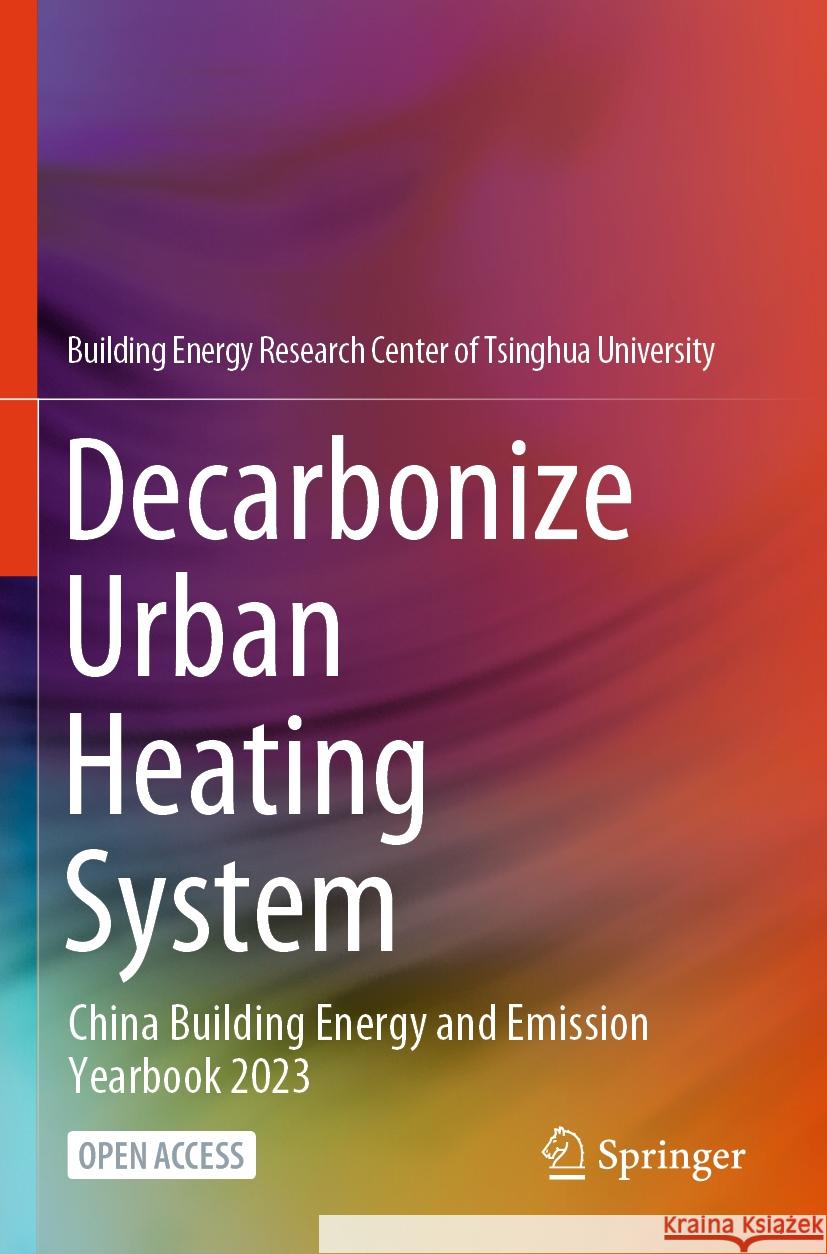Decarbonize Urban Heating System: China Building Energy and Emission Yearbook 2023 » książka
topmenu
Decarbonize Urban Heating System: China Building Energy and Emission Yearbook 2023
ISBN-13: 9789819978779 / Angielski
Decarbonize Urban Heating System: China Building Energy and Emission Yearbook 2023
ISBN-13: 9789819978779 / Angielski
cena 161,36 zł
(netto: 153,68 VAT: 5%)
Najniższa cena z 30 dni: 154,18 zł
(netto: 153,68 VAT: 5%)
Najniższa cena z 30 dni: 154,18 zł
Termin realizacji zamówienia:
ok. 22 dni roboczych
Bez gwarancji dostawy przed świętami
ok. 22 dni roboczych
Bez gwarancji dostawy przed świętami
Darmowa dostawa!
Kategorie:
Kategorie BISAC:
Wydawca:
Springer
Język:
Angielski
ISBN-13:
9789819978779











